How B-2 crews take care of their bodily functions during globe-spanning missions
- By Alex Hollings
Share This Article
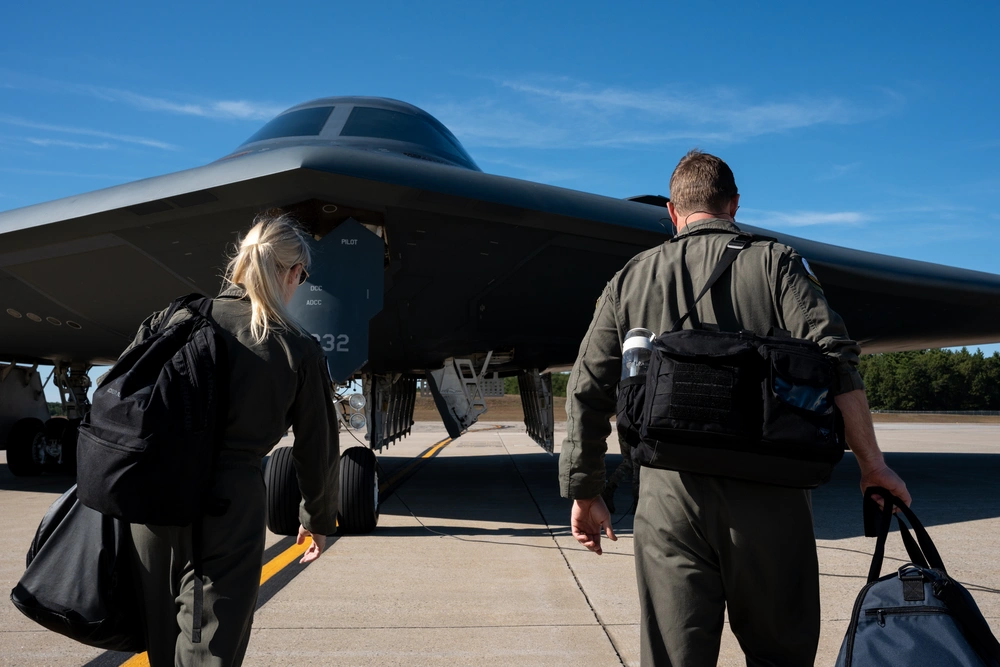
If you had to guess, how much urine would you think has to be unloaded from a B-2 Spirit bomber after one of its famous globe-spanning missions? It turns out… about 100 pounds. Well, technically, 100 pounds of pee mixed with a kitty-litter-like material that’s used to turn fluids into a gel that’s less likely to leak around the cockpit. And we know that thanks retired Air Force Col. Mel Deaile who flew a record-setting 44-hour-and 20-minute combat mission to Afghanistan, back in October 2001.
Despite its massive 179-foot wingspan and the ability to carry payloads larger than 60,000 pounds, the B-2 isn’t a particularly cozy place for its two-pilot crews to spend upwards of days at a time. There may be plenty of room for ordnance in the back. However, in the cockpit, the only respite from the two-pilot seats is a small, modified army cot and a single chemical toilet that B-2 crews are quick to point out does not have enough storage space for a long-duration mission’s worth of human needs… So the toilet tends to be reserved for solids, and when either crew member needs to urinate they resort to small plastic bags filled with an absorbent material that are commonly called “piddle packs.”
These specially designed vinyl bags come in a few different varieties, but they all effectively work in the same way, with a wide bottom filled with either moisture-absorbent granules or a sponge, a tapered neck, and then a fairly wide opening at the top that seals a lot like a ziplock bag. And B-2 crews, who are known to fly the longest duration bomber missions – often departing from Whiteman Air Force Base in Missouri, flying all the way to target locations in the Middle East, and then flying all the way back without touching the ground once – carry a lot of piddle packs with them.
During normal flight, the B-2 can be operated by just a single pilot, but during take-off, air-to-air refueling, weapons employment, and landing, both pilots have to be alert and at the stick — and that can be extremely detrimental to a pilot’s ability to stay alert and capable for more than 40 hours at a time. With most standard payloads, a B-2 may need to refuel from a tanker every four to six hours, but in missions like “Operation Midnight Hammer” earlier this year, with B-2s packed to the gills with 60,000 pounds worth of bunker-busting munitions, they may need to refuel every few hours at times.
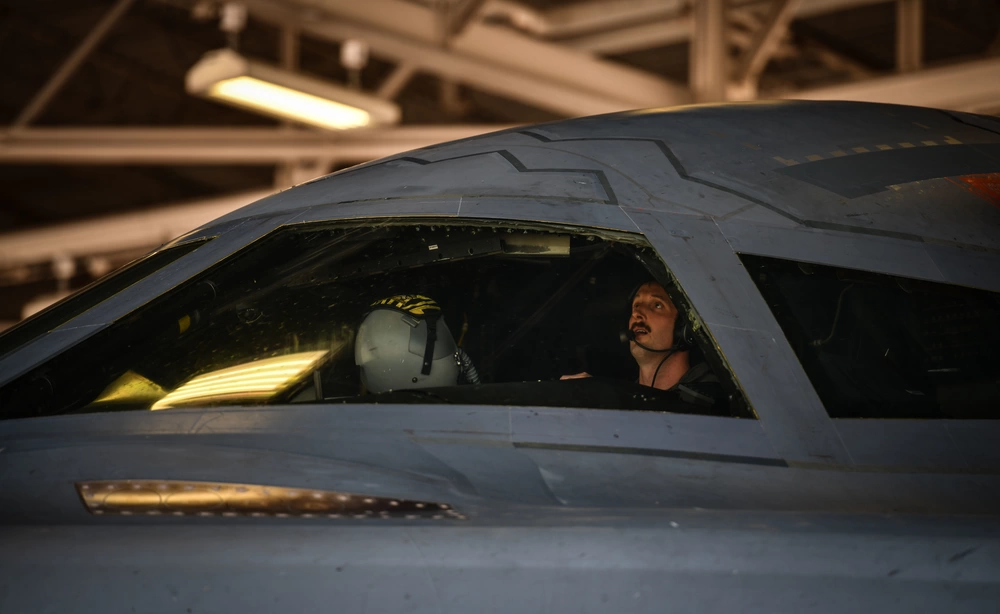
And because of the length of these missions, it’s pretty common for target sets to change after departure. This means that one of the two pilots needs to reprogram the mission computers and the guidance systems in each individual weapon for new target sets. Navigation, communications, electronic warfare, and weapons employment – all jobs traditionally done by other crew members in bombers like the B-52 or B-1B – all have to be done by one of the pilots while the other manages the aircraft.
Suffice to say, that means there isn’t often much opportunity for rest, even on a 44-hour mission. As a result, pilots are often issued “go-pills” to keep them awake and alert when they need to be, which comes with a directive to drink plenty of fluids to make sure they can keep operating at a high level. B-2 pilots tend to eat light the day before a long mission to limit the number of times they have to drop their own bombs in the chemical toilet, but if they’re staying properly hydrated, they usually fill somewhere in the neighborhood of two piddle packs a piece every hour they spend in flight.
In truth, the B-2’s endurance is really only limited by that human factor: After that record-setting 44.3-hour mission back in 2001, Deaile and his co-pilot landed in Diego Garcia and left the engines running while off-loading their hundred pounds worth of piddle packs and having the chemical toilet refreshed so a new crew could climb into the same cockpit and fly the same jet all the way back to the States.
Deaile’s B-2, known as the Spirit of America, as well as six others, all had their engines running for more than 70-straight hours across two crews each during that mission.
The operational limit imposed by the human crew is sure to have been a driving factor in the B-21 Raider –the B-2’s successor – being designed as an optionally manned bomber that can operate with any crew onboard at all.
Feature Image: U.S. Air Force pilots assigned to the 393rd Bomb Squadron approach a B-2 Spirit aircraft at Pease Air National Guard Base, New Hampshire, Sept. 20, 2025. The 509th Bomb Wing, stationed at Whiteman Air Force Base, is the only active-duty wing that operates the B-2 Spirit. (U.S. Air Force photo by Staff Sgt. Joshua Hastings)
Read more from Sandboxx News
- HMS Prince of Wales aircraft carrier reaches full operating capability
- The US military looks to bring GPS back up to the global standard
- Green Berets in Korea: A firsthand account of Special Forces life
- America’s crazy flying aircraft carriers could have actually worked
- ‘Ready or Not’ gets close quarters combat right in a videogame
Related Posts
Sandboxx News Merch
-

‘Kinetic Diplomacy’ Bumper Sticker (White)
$8.00 Add to cart -
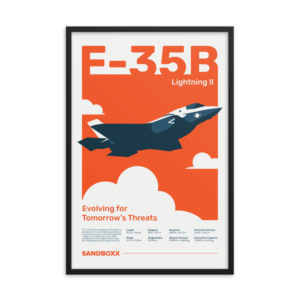
F-35 ‘Evolution’ Framed Poster
$45.00 – $111.00Price range: $45.00 through $111.00 Select options This product has multiple variants. The options may be chosen on the product page -
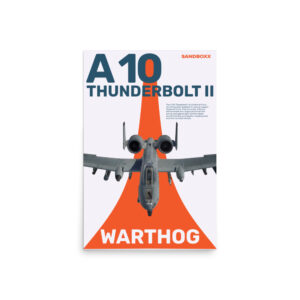
A-10 ‘Warthog’ Poster
$22.00 – $28.00Price range: $22.00 through $28.00 Select options This product has multiple variants. The options may be chosen on the product page

Alex Hollings
Alex Hollings is a writer, dad, and Marine veteran.
Related to: Airpower
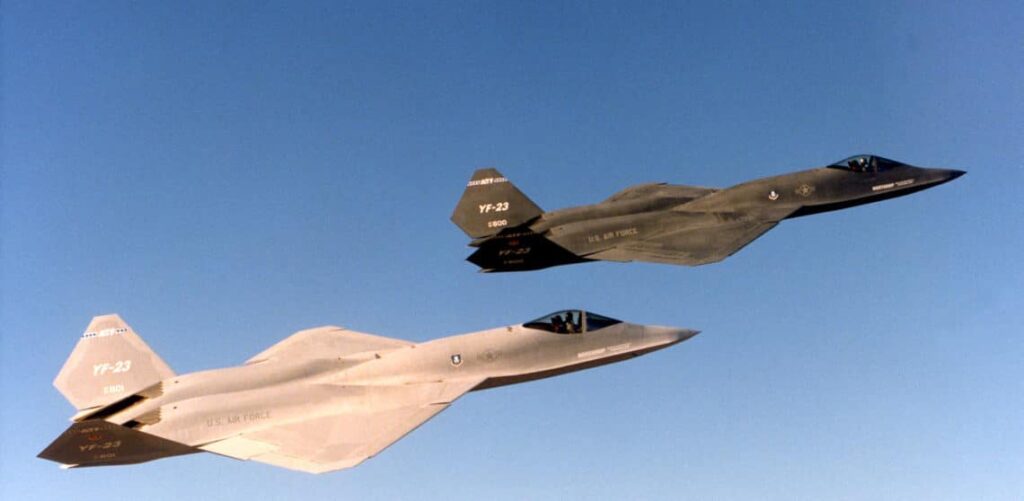
Could Northrop’s YF-23 have been better than the F-22?
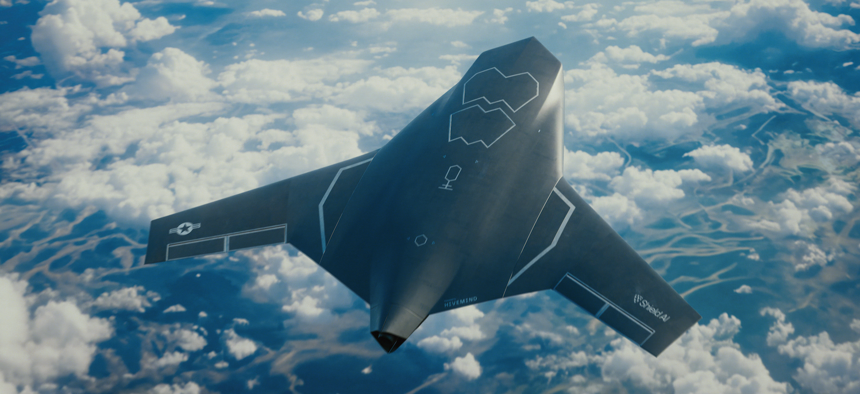
Why Shield AI’s X-BAT promises to reshape the nature of drones
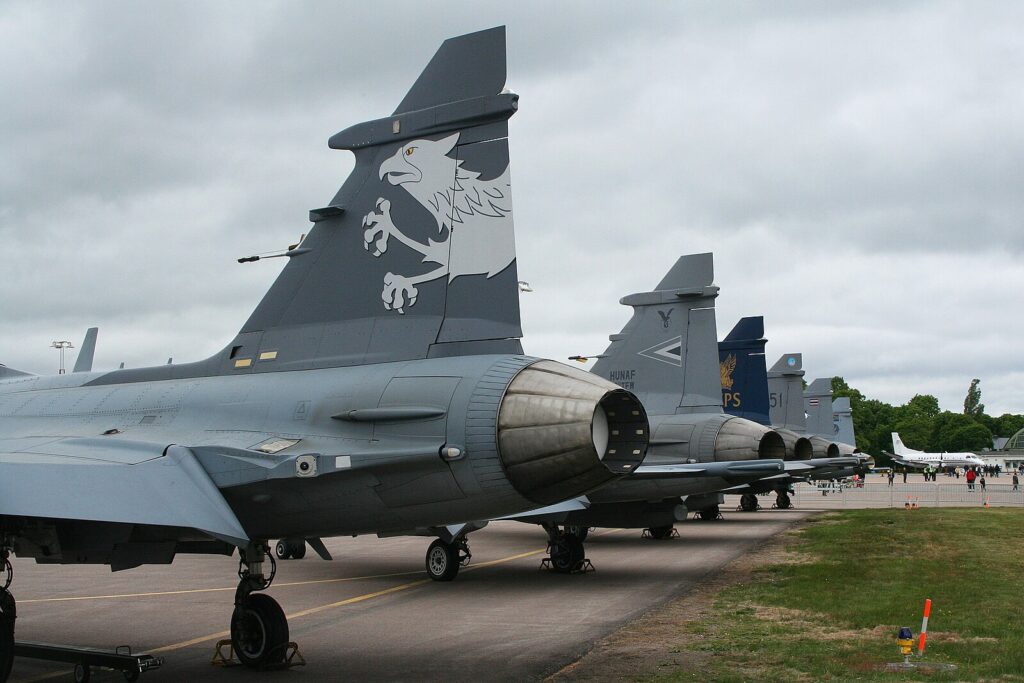
Ukraine plans to place largest order in history for a jet specifically designed to take on Russia

Russia announces successful test of nuclear-powered cruise missile – but don’t believe that just yet
Sandboxx News
-

‘Sandboxx News’ Trucker Cap
$27.00 Select options This product has multiple variants. The options may be chosen on the product page -
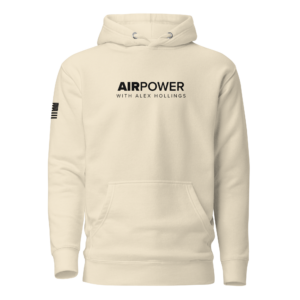
‘AirPower’ Classic Hoodie
$46.00 – $48.00Price range: $46.00 through $48.00 Select options This product has multiple variants. The options may be chosen on the product page -
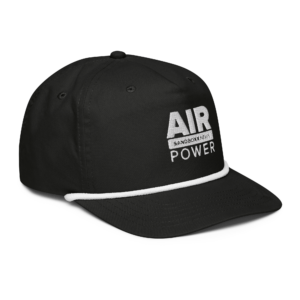
‘AirPower’ Golf Rope Hat
$31.00 Select options This product has multiple variants. The options may be chosen on the product page -

‘Sandboxx News’ Dad Hat
$27.00 Select options This product has multiple variants. The options may be chosen on the product page
